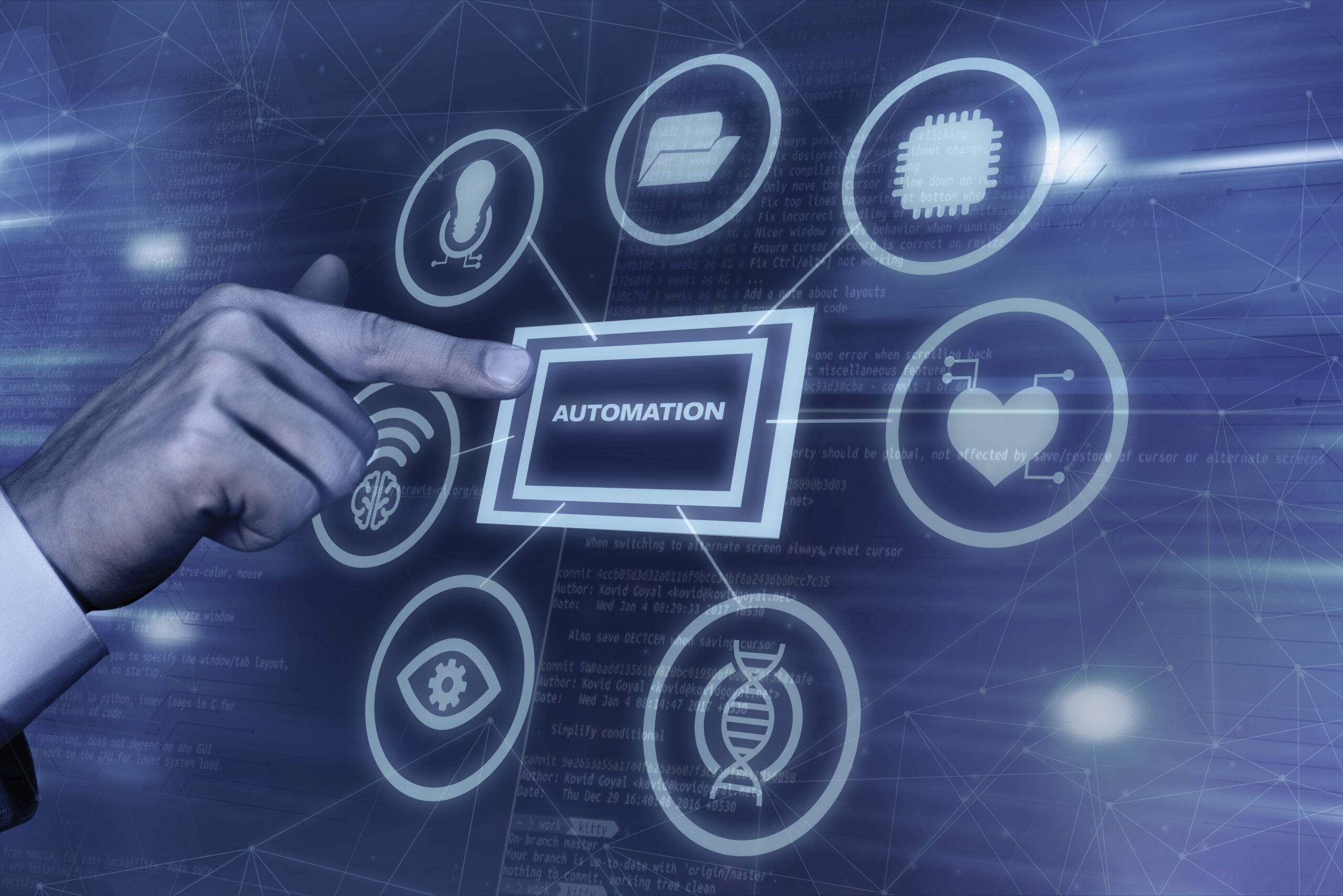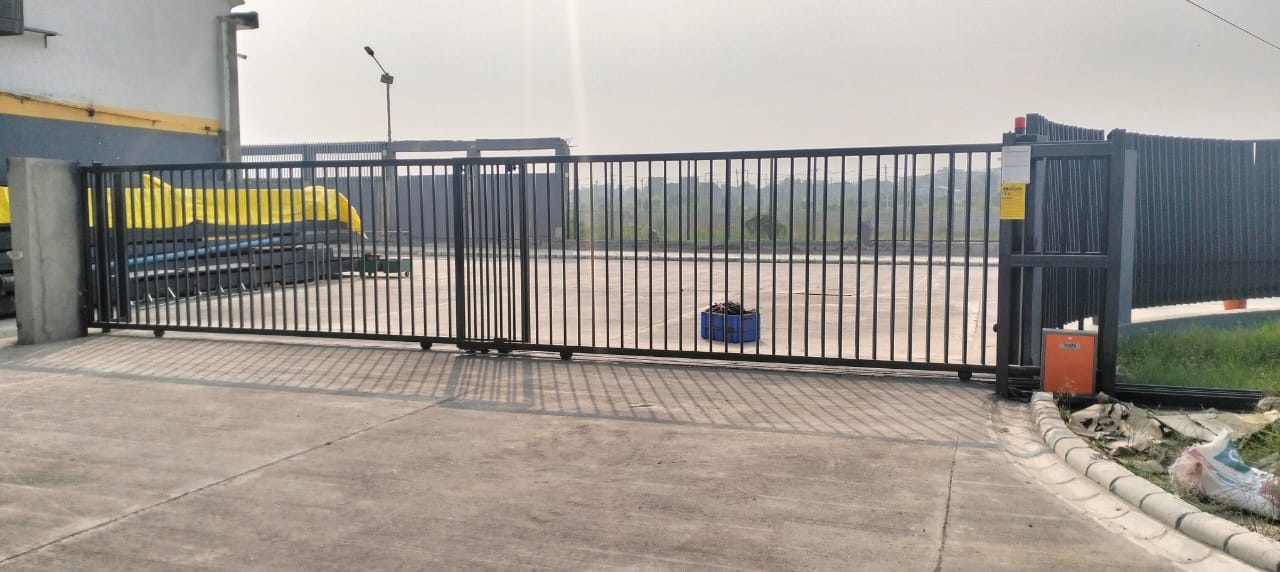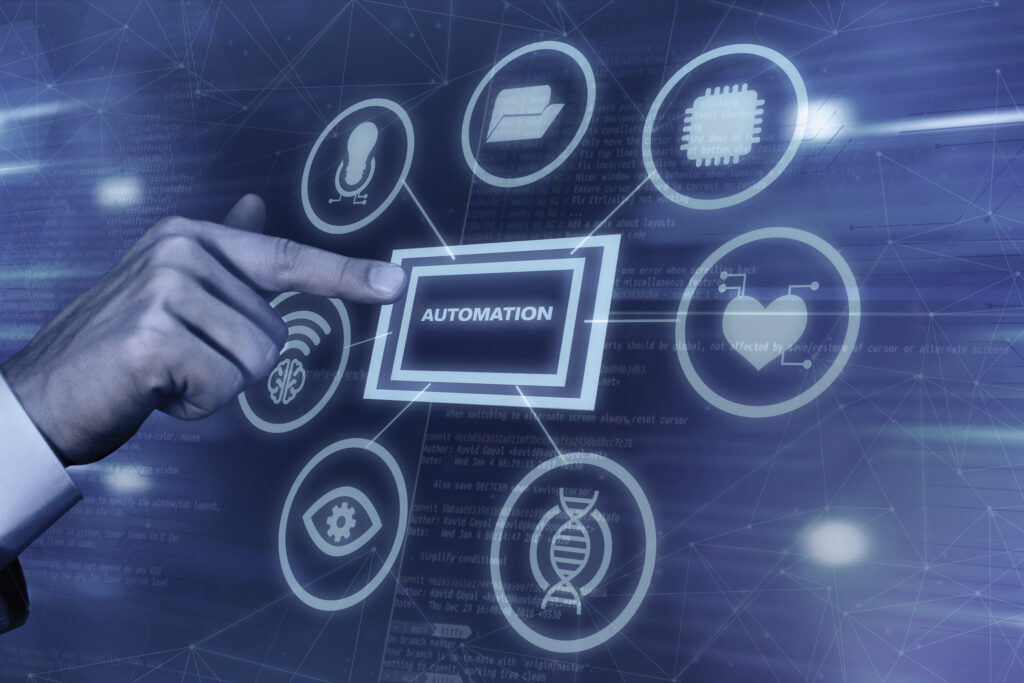
Companies that used to manage large corporations’ backend infrastructure are now focusing on developing and maintaining front-end client-facing solutions. In terms of employment, this shift in Indian IT offers is helpful, and the emergence of new technical solutions has provided students with more professional alternatives. Artificial intelligence and robotic process automation are just two of the numerous technical innovations gaining hold in the global corporate world, along with cloud computing, mobile application development, the Internet of Things, and more. Millions of jobs will be created in the coming years as the Indian IT industry transitions to digital technology innovation.
The employment market is expected to experience considerable changes in terms of knowledge and skill requirements as a result of AI, automation, and robotics. Aspirants must therefore be prepared to assume new-age employment duties in the near future.
Solving Real Business Problems with Robotic Process Automation
You may not be aware, but robotic process automation is already used in a variety of industries. RPA performs a complicated role in the backend to ensure that your digital experience is seamless, whether it is on your online shopping site or when processing your online credit card application. Many firms are gradually using RPA solutions to increase efficiency, reduce errors, and ultimately improve customer experience.
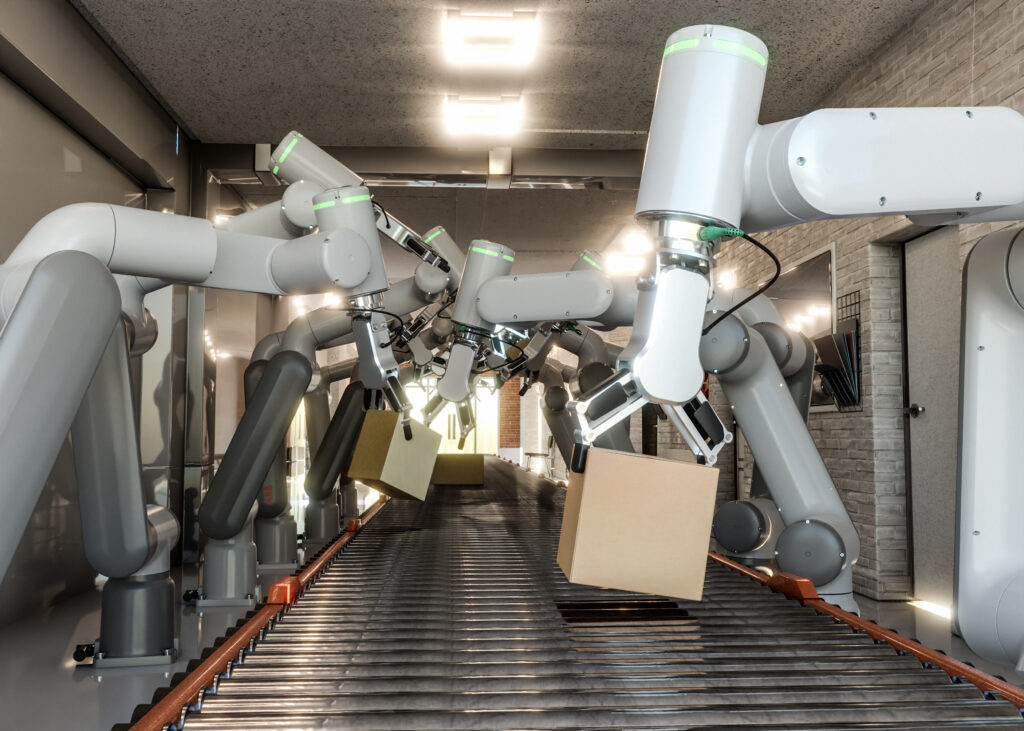
Finance Sector: Every day, the banking and financial services sector processes a large number of applications and transaction requests, the majority of which are in digital format. RPA thus has several applications in the industry. Accounts Payable, where vendor data is read, validated, and transaction enabled; Customer Services, where automated chatbots respond to customer requests; and KYC, where client information is confirmed by RPA systems, are three of the most common applications for RPA.
Healthcare Sector: The healthcare sector, like the financial services sector, handles massive amounts of patient data and demands. RPA has been used in the Indian healthcare sector for two key purposes: patient appointment registration and insurance claim monitoring. In the conditions described above, RPA technology can be utilized to do specialized tasks such as logging and analyzing medical data.
Commercial Sector: There are several applications for robotic process automation in the retail industry as well. For example, online merchants use RPA to handle a variety of tasks such as customer assistance, inventory management, and payment processing.
Future Prospects for RPA Jobs in India
Experts believe India has two competitive advantages in the global RPA market. It has the workforce and inventive talents required for RPA. For decades, businesses around the world have relied on Indian service providers’ operational expertise. India is now best positioned to become a global RPA hub because it has the necessary infrastructure, talent, and technology in place.
Industrial Sector Automation
Industry 4.0 is a new phenomena made possible by industrial automation and its capabilities. Additionally, manufacturing automation has made significant progress toward autonomy.
Industrial automation’s prospective future includes outsourcing harmful and unproductive work functions to machines. So, not only does this reduce errors, but it also increases productivity and lowers costs, which improves job quality.
What is Industrial Automation
Industrial automation refers to the process of using control systems like computers and robotics. Information technologies for managing many activities and projects are also featured. Above all, by taking over the work of humans in the manufacturing process, these control systems eliminate jobs. Following mechanization, industrial automation is the next important step in industrialization.
What are its types?
Many industries are currently increasing productivity through industrial automation. As a result, these automated systems deal with a wide range of intensities and complex human interactions.
Fixed: Fixed automation is also known as rigid or harsh automation. It is, however, the least versatile type of automation.
Programmable Automation: It is appropriate for most products that must be produced in batches and assortments. In addition, a set of standards and time slots are required to alter the production process based on the products. As a result, it is a process that uses specifications to direct actions like sequencing.
It also helps to acquire medium-sized production quantities. However, depending on the economics, it can produce both small and large quantities.
Flexible Automation: Soft automation is another term for flexible automation. It is related to programmable automation in that it enables the flexible manufacture of a variety of commodities. The primary distinction, however, is in product improvements. As a result, the control system may automatically convey changes at a higher rate.
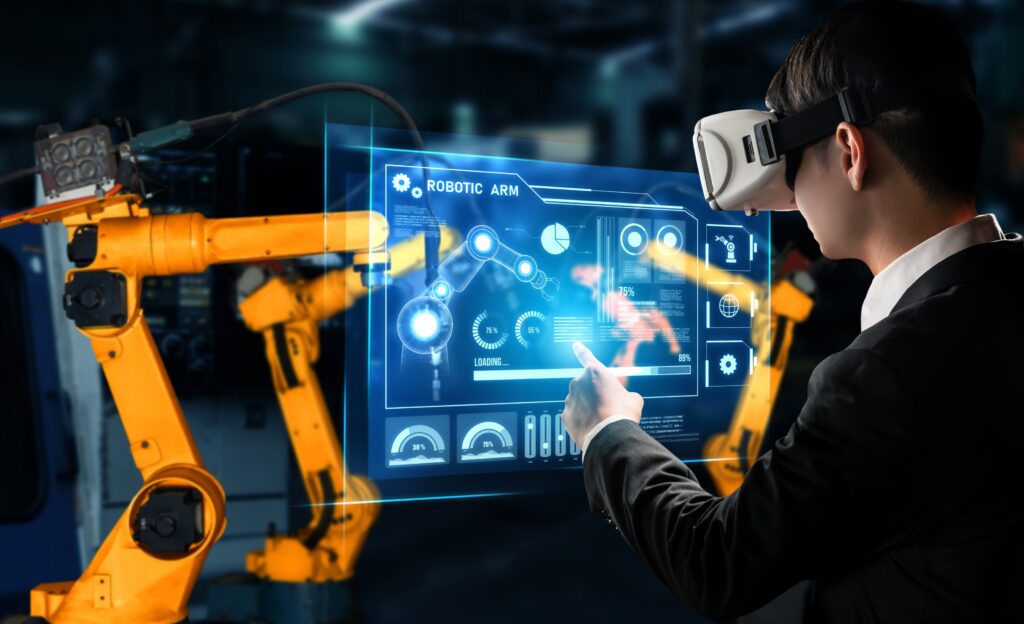
What are its benefits?
- Industrial automation guarantees cost effectiveness.
- Removing human involvement from the manufacturing process lowers labor costs.
- Furthermore, using VR and AR technology to expedite the learning process allows for a more systematic, productive approach.
- Additionally, it gives the sector a competitive advantage. As a result, it allows for standardization and automated redesign processes, resulting in a consistent and precise outcome.
- Similarly, it works around the clock to achieve results by increasing capacity, productivity, and processing quality. As a result, accuracy errors and downtime costs are reduced.
- Additionally, it improves the flexibility and scalability of production operations.Robots and other gadgets are also precise and easy to alter while performing tasks. As a result, it reduces the time required to complete activities.
- Furthermore, Industrial Automation ensures the highest level of safety when doing risky tasks. Most importantly, these jobs are carried out by robots and machines, reducing the risk to the labor.
- Furthermore, Industrial Automation ensures the highest level of safety when doing risky tasks. Most importantly, these jobs are carried out by robots and machines, reducing the risk to the labor.
- It also provides cutting-edge, comprehensive security management for use with systems, components, people, and equipment. Providing cybersecurity as a result to protect private firm data and information.
- Above all, it tracks, logs, and generates useful data on the procedure and tasks. As a result, the system’s patterns and changes assist in providing insight into impending events and projects.
Exploring the Future Potential of Industrial Automation
Industrial automation has advanced, allowing production to become more autonomous in the future. The adoption of new technologies, network designs, and advances in devices and systems have all resulted in massive changes and applications. Above all, the scope and future of many technologies and businesses have been shaped by industrial automation and its applications. Above all, the scope and future of many technologies and businesses have been shaped by industrial automation and its applications.
Future of Industrial Sector along with IIoT
The Industrial Internet of Things is abbreviated as IIoT. It is the interaction and agreement of numerous instruments, sensors, and devices. As a result, it helps to establish a network of industrial equipment. Furthermore, IIoT provides valuable aid in improving the effectiveness, visibility, and insights of industry processes. As a result, industrial automation is anticipated to develop in the future in order to accelerate the process.

As a result, the following are the top IIoT technologies that will help industrial automation in the future:
- First, service engineers will be granted remote access to industrial machines.
- The second phase involves enabling web-based virtual network connections to govern and monitor HMI activities on IIoT platforms.
- Furthermore, it offers predictive analytics for equipment maintenance and detecting potential problems.
- The most important purpose is to manage, control, and monitor data across several systems and locations storing the collected data in real time in a central cloud application.
- As a result, industrial communication networks make real-time machine data and analysis easily accessible.
Conclusion
Industrial automation has driven us to develop a comprehensive Industry 4.0 strategy. However, producers will soon need to prepare for the impending Industry 5.0. It is a more sophisticated trend that will prioritize customized and prompt client service. It will therefore merge people with “cobots,” or collaborative robots.
